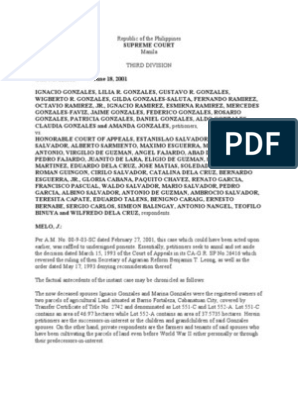0% found this document useful (0 votes)
105 views13 pagesClimate Change Act Overview
The document is a skeletal report on Republic Act 9729, also known as the Climate Change Act of 2009. It defines climate change, discusses its causes such as fossil fuel use and deforestation. It also outlines the effects of climate change like rising sea levels and extreme weather. The report then describes solutions like nature-based approaches and clean energy policies. It provides an overview of the 26 sections of RA 9729, which established the Climate Change Commission and framework to address climate change in the Philippines through national and local action plans.
Uploaded by
Yllanica MendozaCopyright
© © All Rights Reserved
We take content rights seriously. If you suspect this is your content, claim it here.
Available Formats
Download as DOCX, PDF, TXT or read online on Scribd
0% found this document useful (0 votes)
105 views13 pagesClimate Change Act Overview
The document is a skeletal report on Republic Act 9729, also known as the Climate Change Act of 2009. It defines climate change, discusses its causes such as fossil fuel use and deforestation. It also outlines the effects of climate change like rising sea levels and extreme weather. The report then describes solutions like nature-based approaches and clean energy policies. It provides an overview of the 26 sections of RA 9729, which established the Climate Change Commission and framework to address climate change in the Philippines through national and local action plans.
Uploaded by
Yllanica MendozaCopyright
© © All Rights Reserved
We take content rights seriously. If you suspect this is your content, claim it here.
Available Formats
Download as DOCX, PDF, TXT or read online on Scribd
/ 13





























































































